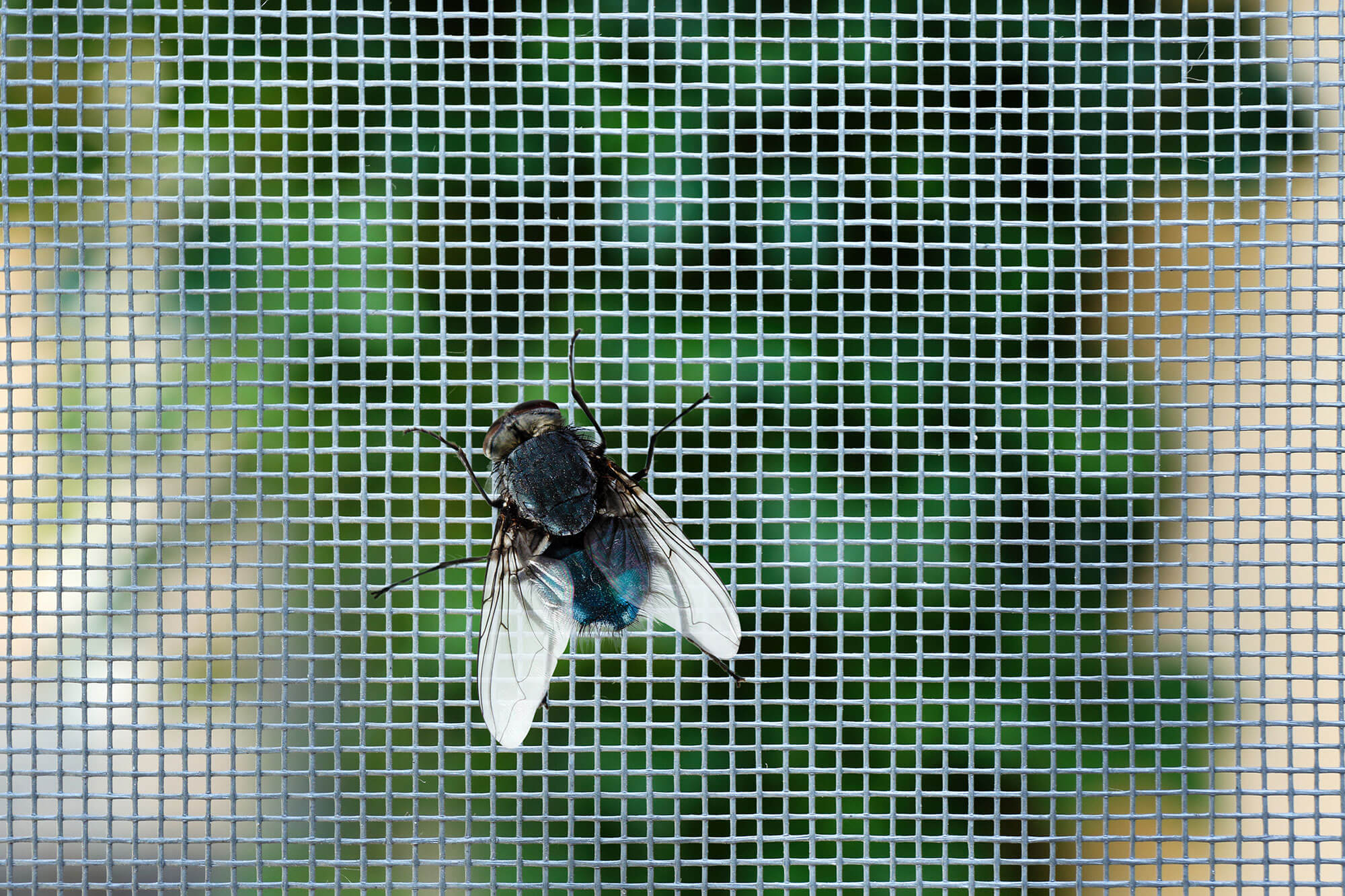Advertisement
We have a lot of wildlife in South Africa and nowadays it’s not uncommon to see grazing zebra, springbok, and impala on residential estates such as Mount Kenya Wildlife Estate, Goose Valley Golf Estate and Kingswood Golf Estate to name but a few.
Seeing them, and other less desirable creatures, from a distance is usually fine but it gets a bit tricky when they’re coming into our space.
Fortunately, there are humane ways to keep wildlife at bay, regardless of their size.
1. Mesh screen
Advertisement
These don’t have to be imposing, unsightly solutions – especially if you go for a design like Trellidor’s Clear Guard. Mesh will help to keep mosquitoes at bay, as well as snakes, spiders, monkeys, and baboons. The best part is – it won’t obstruct any views.
2. Polycarbonate bars
They won’t keep insects away, but they can deter big primates. Again, you can buy clear ones that don’t obstruct the views. What’s more, they can fit neatly next to the windows inside the home, so they won’t clash with any design regulations on the estate. Companies that offer this type of guarding include Trellidor, SecurityPro and ViewProtect.
3. Don’t offer accessible food
According to PETA, one of the ways to reduce the chances of mice and rodents from entering your house is to eliminate access to food. Keep counter surfaces, floors, and cabinets free of crumbs. If you have dry foods in cupboards, ensure they are placed in chew-proof containers.
4. Get a professional to install and maintain netting
Netting can help to prevent birds from nesting in your roof. However, if this netting is not maintained regularly or installed correctly it could trap or kill birds. Make sure you have a professional install such netting so that it doesn’t cause injury to wildlife.
5. Call in the specialists
With certain animals or insects like bees, for instance, it can get tricky removing them humanely yourself. According to the Bee Removal Association of South Africa (BRASA) bees are not typically a hazard to humans, but if a colony decides to settle near a nursery school it will become necessary to remove them.
Don’t do this yourself! It’s important to consult and call around an expert to do the removal. This will ensure the animals are removed humanely and that people living and working on the estate are not injured in the process.
6. Build for wildlife
This may sound counterintuitive but creating a home for the wildlife to use is not that far-fetched an idea. We do, after all, encroach on their space – so why not give back by building something for them?
There are plenty of ways you can create a home for wildlife. You could add swift nests or boxes on walls, use bee bricks, or build wooden bat boxes.
Obviously, these features don’t have to be built within or immediately outside of your home, but they could adorn sheds, poles, or trees far away from main outbuildings to ensure everyone can live together in relative harmony.



